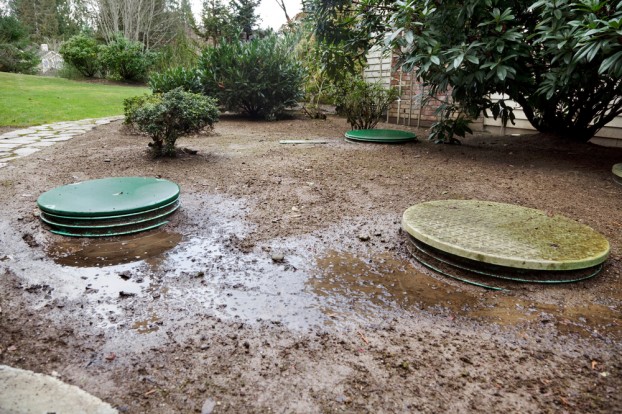Visitors to Germany and other European countries might be surprised that some toilets have a small shelf inside the bowl, where your waste drops and stays until it’s flushed away. This was actually an invention of the early 1900’s, when an examination of your waste was often necessary to determine certain illnesses, and also the shelf reduced the risk of splashback, which was seen as a way to prevent communicable diseases.
While Germans are perfectly used to this arrangement, which has become a tradition and so is still built into modern toilets, visitors might not be accustomed to being in such close proximity to their waste, since for the vast majority of people, it’s something that should be immediately flushed away and forgotten. But what about when it’s not so easily forgotten? Most of us who live in towns and cities have the easy option of simply flushing and forgetting, and having our waste quickly whisked away for treatment and disposal. But what about those in rural communities who have to make use of a septic tank? What about when the tank doesn’t work as efficiently as it should?

Septic tank – Shutterstock
A Septic Overview
A septic tank is used when a property isn’t connected to a centralized sewerage system, and so onsite treatment of waste becomes necessary. A good septic tank operates as any good appliance should- it does its job efficiently and without fuss, and you only notice it when it stops working. Although in the case of a faulty septic tank, you can really notice it.
Decomposition
Waste is decomposed within a septic tank and is then safely released or even recycled for outdoor usage, but problems with the decomposition process can mean that the tank ceases to function properly, meaning that your waste doesn’t simply disappear as expected.
Potential Problems
Decomposition issues can present themselves in three major ways- the waste will not flush properly, and might in fact return; the ground around the tank will become wet and foul smelling as the tank becomes unable to take in new waste; and when you empty a sink or bathtub, this water comes back up into another sink in the house, instead of draining away.
Severity of the Problems
While your laundry water coming up into your bathtub might not seem like anything other than an inconvenience, remember that you also need to drain human waste, and if this were to come back into your home, it can create major hygiene issues for you and your family. At the first sign of any issues with your septic tank, it’s time for action without delay. If you’re familiar with the system, you might even be able to carry out the first inspection by yourself.
You will quickly notice any problems with your tank, and at the first sign of any issues, consult a licensed professional for septic repair (service), since it’s very important to fix problems before they grow and grow… and before the smell grows as well.